No products in the basket.
Blog
Everything You Need to know about Twinwall Drainage Pipes
Twinwall pipe is designed to carry surface water below ground and is often used as a “culvert” drain which is basically a pipe that allows you to transport water under an obstruction or within a ditch. It is one of the most commonly installed surface water drainage systems, used in a whole range of different applications such as agricultural, railway and roads. The pipes are made for the purpose of strength and are made using HDPE (high-density polyethylene). This type of material gives the pipes advantages such as long term reliability and freeze break resistance. The heavily structured double wall also means that common chemicals will not affect the pipe in any way, making it a safe option to be used for a range of projects in places such as; highways and airports. The corrugated design also adds strength and adds resistance to crushing which gives it a higher load resistance, than say a PVC pipe would.
At EasyMerchant we can supply both unperforated and perforated lengths to suit the area or land you are working on. Please note that 900mm is in 3m single socketed lengths, whereas the smaller sizes come in 6m lengths with no socket on the end (plain ended). The brand that we stock is Ridgidrain, manufactured by Polypipe, a renowned UK based manufacturer.
There are a range of fittings available, such as bends to change direction, junctions to split the direction and couplers or joiners to attach different lengths of pipe together.
Features and benefits of twinwall drainage pipe.
- It is a strong yet lighter alternative to concrete (94% lighter).
- Doesn’t allow natural chemicals to breach the pipes walls.
- BBA,HAPAS and PADS approved.
- The pipes can cope with movement above ground, this is why it is used for the construction of roads and places where heavy loads will be passing through.
- The rigid outside and smooth inside allows for a better flow capacity of the water through the twin wall drainage system.
Places commonly used for the application of twinwall drainage pipes.
- Highway projects
- Railway projects
- Airport projects
- Network rail parts and drawing systems
- Agricultural projects (crop ventilation)
- Yard drainage systems
- Landfill sites
- Culverts (a structure that guides water past an obstruction)
Twin wall pipe fittings
At EasyMerchant we hold various twinwall drain pipe fittings such as: bends, branches, sewer adaptors, couplers and pipe seals. Like the pipes, our fittings are of high quality and are approved by the following bodies; BBA, HAPAS and PADS.
Type 8 filter drain
Type 8 filter drain is also known as geotextile wrapped twinwall, fin drain and land drain including sock. The idea behind these products is to allow the pipe to be used in sandy areas etc, which may put the perforated pipes at risk of getting blocked.
At EasyMerchant we supply the Type 8 filter drain. Although commonly mistaken for being twinwall, the filter drain is actually a single wall perforated but corrugated pipe that is already wrapped in geotextile membrane. The membrane is made out of polypropylene/ polyethylene filaments which are heat sealed and needle punched to allow water to get in or out.
The type 8 filter drain reduces the need for surrounding aggregate to be used which is advantageous when working on projects such as roads where traffic may disturb gravel and dirt etc. The pipe is able to absorb water which decreases the chance of standing water.
The correct place to install twinwall drainage pipes including the different types and sizes:
There are many projects that you can use twinwall pipes for, however you must take into consideration that the more water you need to carry, the larger diameter of pipe you’ll need.
There are many calculations that can be done to determine this, usually you would need to consult a drainage engineer. However generally, 300mm is the maximum sized used for standard drainage applications. However for commercial or railway use larger sizes up to 900mm may be required, especially for storm drains.
The basics of installing twinwall drain pipes
Preparing your trench
The standard sizes for the trenches used range between 300mm and 600mm outside diameter, but on certain occasions there may be a need for larger trenches. The regulations in line with the excavation of land must be followed when digging your trench. Along with the trench there must be an appropriate pipe bed which would usually be single (10mm or 20mm). Usually at least 150mm of shingle would be used for the bed and side fill. Soft spots in the bed should be removed and any large pieces of stone should be removed from the trench. The bed should not contain any voids underneath the pipe. It is wise not to excavate the trench too long before actually installing the pipework and recovering it. health and safety regulations should always be followed when digging a trench.
Side filling
The recommended side filling used on most construction projects is a 10mm or 20mm pea shingle. The pipework should be backfilled in line with the national guidelines BS EN 13242: Clause 4.3.2.
The recommended grading should be 4/10mm (Ø94 – Ø1050), 6/14mm (Ø450 – Ø1050), 10/20mm (Ø750 – Ø1050).
The surrounding material should be installed at 150-300 layers and compacted to 95% unless it is otherwise specified. You can compact it by using the correct combination or material, layer thickness and compaction. The compaction material must not come in contact with the pipe itself, and the side fill materials should extend at least 100mm over the top of the pipe.
Backfilling
After these steps have been completed its time for the backfilling. For this process pebbles/shingles, no larger than 50mm, must be compacted after a cover depth of 300mm is achieved. This is to top damage being caused to the pipe during compaction. Once this has been achieved the trench can be covered with a material suitable for your project.
What’s the difference between twin wall drainage and land drainage?
Twinwall pipe is different to land drain pipe and underground drainage supplies because it is rigid and can not be bent. The key reason for this is that the pipes come in a variety of sizes and diameters and the bigger they are the heavier they must be in order to support the excess covering placed over it during the backfill process. They tend to be bigger because they are more frequently used for industrial based builds.
On the other hand, land drainage has the ability to bend and is lightweight, meaning that it can be manoeuvred far easier than twin wall pipes. It is a single walled HDPE, which comes as both unperforated and perforated. However, unlike twinwall drain pipe, land drain is mostly used for sports fields and agricultural land.
These are the key differences between the two types of pipes, both can be purchased at EasyMerchant. If you still have questions regarding plastic drainage pipe, feel free to ring us and we will be happy to help.
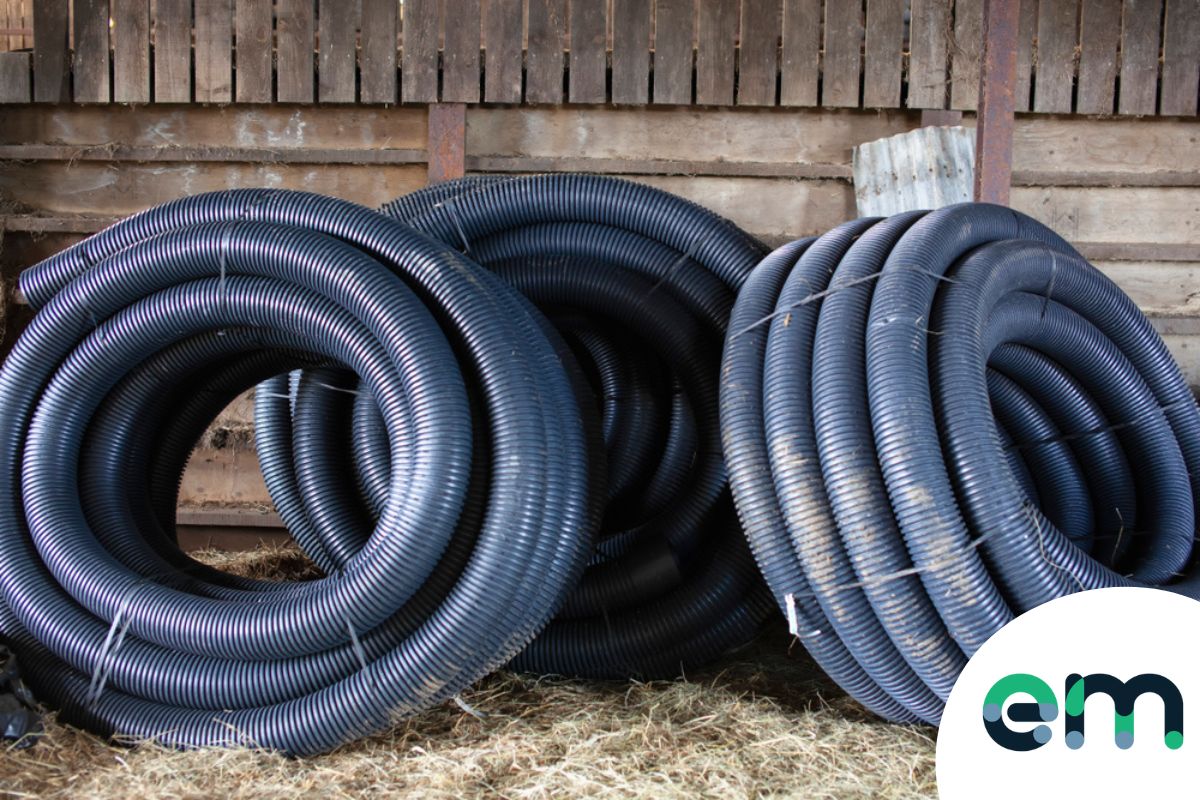
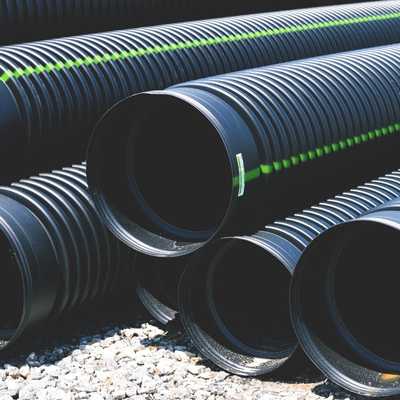
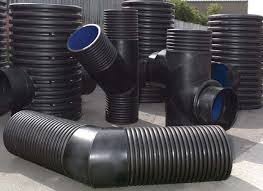
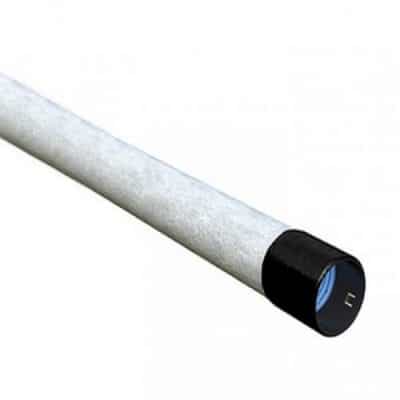
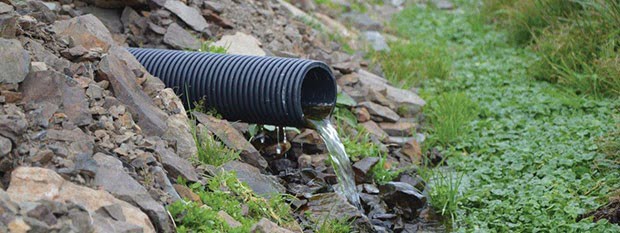
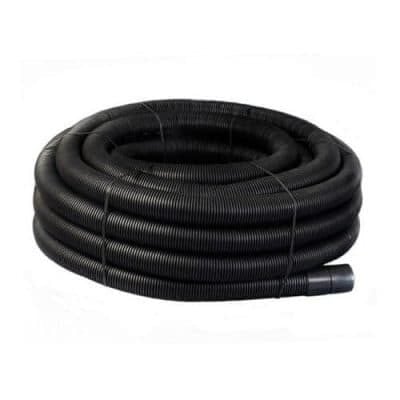
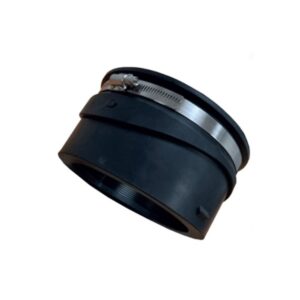
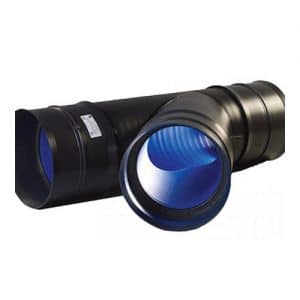
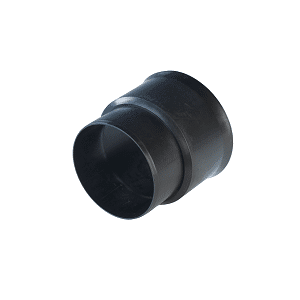
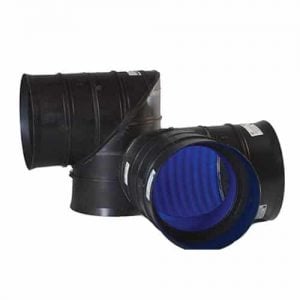
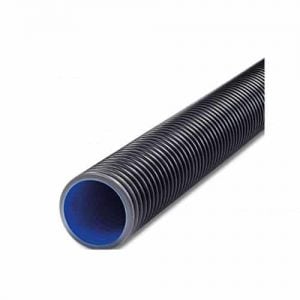
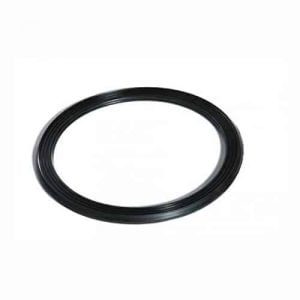
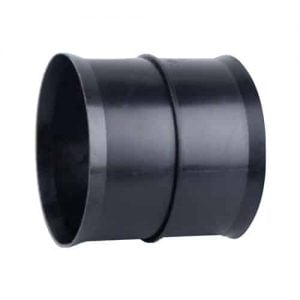
I see. Twinwall pipes are new to me
Can I and if so how can I seal/fix twinwall to concrete conduit?)